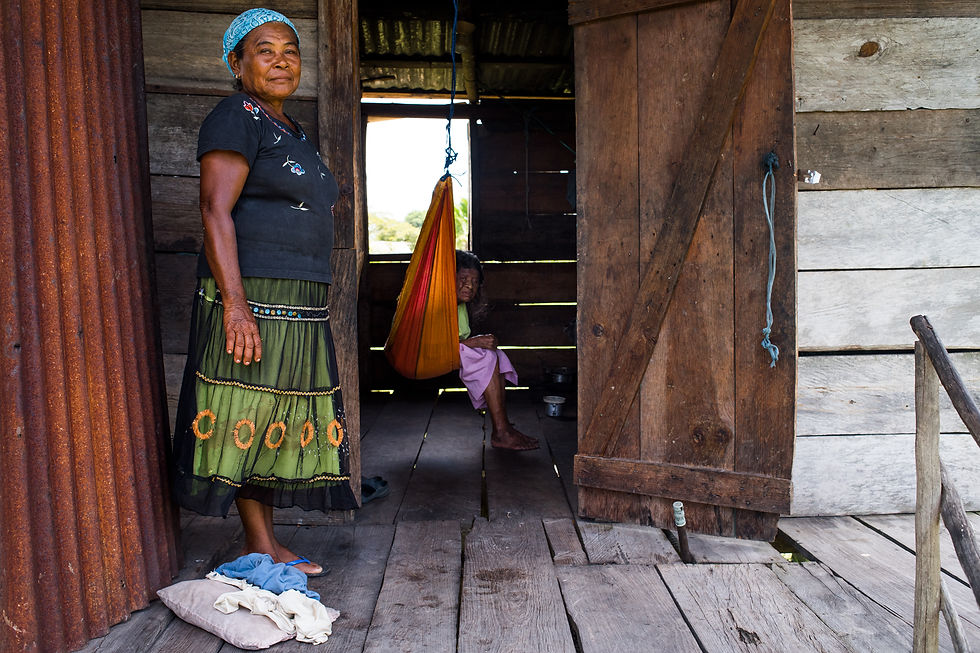Miskito refugees flee to Honduras, seeking protection from ‘Colonos’ invaders
- cejudhcan
- Aug 26, 2016
- 2 min read

Puerto Cabezas, Nicaragua, -- August 26, 2016 – Indigenous Miskitos continue to flee from violent attacks by armed ‘Colonos’ (settlers) in North Nicaragua, crossing the Coco River into refugee communities in Honduras.
“The Nicaraguan government to is ignoring egregious human rights violations,” says Lottie Cunningham Wren, director of the Center for Justice and Human Rights of the Atlantic Coast of Nicaragua (CEJUDHCAN).

“We demand the immediate withdrawal of violent invaders from our territories, rehabilitation of polluted rivers, compensation for damages, and the imprisonment of the murderers, rapists, and kidnappers.”
Colonos are invading Miskito territory throughout the North Caribbean Coast Autonomous Region, despite the lands being protected by Nicaragua Law 445 (Law to Communal Property).
The Colonos seek the land’s rich natural resources, including gold, timber, and minerals. Their large-scale livestock operations, agriculture, and resource extraction are causing pollution and deterioration of the indigenous territory.
“The Miskitos are hunted like wild animals,” says Godfrin Lorena Martinez, originally from Rio Klisnak Waspuk, Nicaragua.
“This has caused us so much fear. Our children are sleeping in the mud, in the rain, threatened by disease, without food or medicine. We are forced to leave our homes and head to foreign lands. Women have been beaten and raped by settlers. We ask that the land be returned to us. We want to live as before, able to walk freely.”
Representatives from CEJUDHCAN conducted a census of the refugee population in affected areas along the border, from July 25 – 31, 2016. The results follow.

In the Honduran community of Pranza, CEJUDHCAN counted 199 people from 41 indigenous Miskito families, including 74 children. In the Honduran community of Suhi, CEJUDHCAN counted 244 people from 46 indigenous Miskito families, including 75 children.
Fleeing Miskitos have also migrated from further inland to communities on the Nicaragua side of the Coco River.
In the Nicaraguan community of Waspuk Ta, CEJUDHCAN counted 96 people from 20 indigenous Miskito families, including 36 children. CEJUDHCAN also counted 5 refugee families living in the Nicaraguan village of Wiwinak that have been forced to flee Colonos occupying Murubila, a community well known for gold extraction.
“These refugees have been welcomed by their new communities, but they are losing strength and courage,” says Ms. Cunningham. “There is no resolution to their plight and they lack basic resources.”
The Inter-American Commission on Human Rights issued a Precautionary Measure that called for the protection of “life and physical integrity of the members of the indigenous communities.”
The Nicaraguan government has failed to act and the Colonos continue to operate with violence and impunity.

Comments